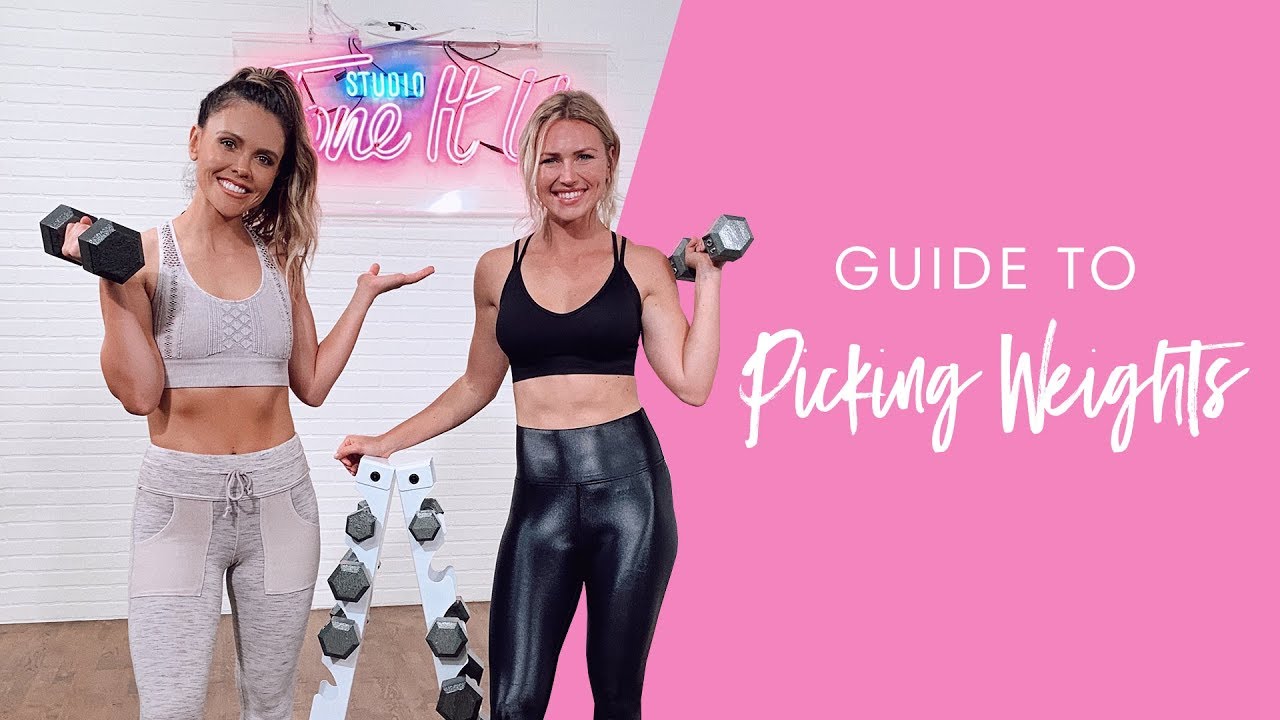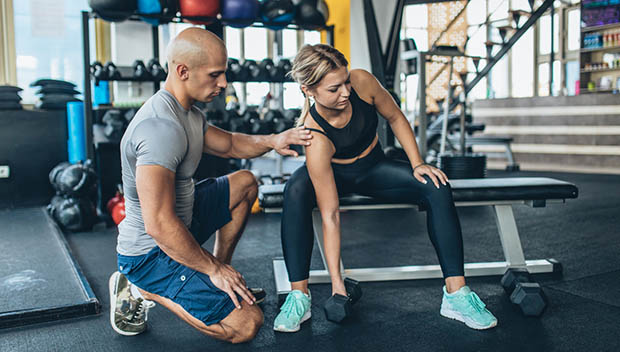
A functional fitness workout will improve your coordination, strengthen several muscles at once, and stabilize your core. This type of exercise can be used in every day life regardless of your gender, age, or preferred training method. It also helps you balance. Find out more about functional exercise. Here are some ways to get started.
Functional fitness training improves coordination
Functional fitness training incorporates compound movements and non-sagittal exercises into a workout routine. This type of training is an important part of functional fitness. It can improve coordination and balance. It also stresses the importance strengthening stabilization muscle, which is smaller but requires limited ranges. This training improves movement efficiency and prevents injuries.
Functional training helps improve balance and coordination. Functional training improves kinesthetic awareness through the simultaneous training of different muscle groups. This movement can also improve one's strength and endurance.

Stabilizes your core
Functional fitness requires core stability. A strong core will take pressure off the spine and protect it from the forces that your body experiences in everyday activities. This is especially important when you have to lift heavy objects. For example, heavy squats require that you tighten your core muscles and push your legs through the ground. You could inflict injury by making unwelcome movements.
It also improves your movement efficiency and helps prevent injuries, especially in sports and occupational activities. Also, strong core muscles will reduce lower back pain.
Multi-muscle strengthening
A functional fitness workout targets multiple muscle groups at the same time. This type is built around your daily activities. It focuses on developing muscles that can help you perform daily tasks. It is a great workout that will strengthen your muscles as well as give you a full body workout.
Another benefit to functional fitness is its ability to be integrated into your busy schedule. You don’t need special equipment and can train wherever you are. This workout is great for those who don't have the time or desire to go to a gym. It can help increase strength and endurance as well as improve cardiovascular fitness.

Improves balance
Functional fitness is all about improving balance. This helps the body to keep a stable balance which is essential for daily activities. This type of exercise also helps develop flexibility and coordination. It may include light cardio or strength training, and can also include tai chi or yoga.
The exercise requires participants to stand on only one leg for up 30 seconds, while keeping their feet on a firm support surface. After that, they will need to alternate between their legs. This should be repeated three to five times per leg. Once they've mastered this exercise, they can continue to perform other daily tasks while standing on one leg.
FAQ
What can exercise do for your body and mind?
Exercise helps you lose weight and build muscle mass. It also increases energy levels, decreases stress, and improves sleep quality. The benefits of exercise include improved moods, better self-esteem, increased productivity, and reduced risk of heart disease.
How exercise and nutrition can help you to have a better life?
Exercise is good for your health, weight loss, muscle growth, stress reduction, and overall well-being. Nutrition is vital for energy, mood, sleep, and overall health. To live longer, you should eat less meat, moderate your alcohol intake, stop smoking, and get regular exercise.
Can I exercise after eating?
It depends on the type and intensity of your exercise. Avoid strenuous exercises after meals. It could cause stomach cramps. Light aerobic activities, such as walking or biking, are better.
What happens if my sleep is not enough?
If you don't get enough sleep, your brain doesn't receive the signals needed to regulate hormones and chemicals in regulating appetite and metabolism. As a result, your body may become more hungry and can gain weight. Sleep deprivation can also lead to excessive weight gain.
Statistics
- In high-income countries, 26% of men and 35% of women were insufficiently physically active, as compared to 12% of men and 24% of women in low-income countries. (who.int)
- According to the Centers for Disease Control and Prevention, chronic diseases cause 7 out of 10 deaths in the U.S., and treating chronic diseases accounts for 86% of U.S. healthcare costs. (mana.md)
- Globally, 28% of adults aged 18 and over were not active enough in 2016 (men 23% and women 32%). (who.int)
- Adolescent girls were less active than adolescent boys, with 85% vs. 78% not meeting WHO recommendations of at least 60 minutes of moderate to vigorous intensity physical activity per day. (who.int)
External Links
How To
How To Burn Belly Fats Faster
When trying to lose weight, belly fat is often viewed as a problem. However, Belly Fat can be beneficial if you really think about it. It is the fat in your stomach that protects your organs. So let's see how to burn belly fat fast.
The main factors that contribute to our body fat accumulation are stress and inactivity. Because of its stimulation of the production hormone cortisol, stress can make us feel hungry continuously. Cortisol increases insulin levels in our blood. The excess calories are stored as fat by insulin. An increased appetite can be caused by a lack of sleep. These extra calories are broken down through exercise.
There are many ways you can reduce belly fat. All of these methods can be used, depending on your budget. These are some great tips to help you lose belly fat fast.
-
Eat less food. Eat smaller meals throughout the day rather than eating three big ones. This way, you'll consume fewer calories overall.
-
Drink plenty of fluids. Water flushes out toxins in your body and helps you stay hydrated. Also, drinking water before every meal will keep you feeling full longer so you won't overeat.
-
Avoid snack foods that are unhealthy. If you're looking for quick fixes, snack foods like chips, cookies, candies, etc. These tempting snacks might look appealing. These fattening treats are best avoided as they have too many empty calories and sugar. Choose healthier alternatives such as whole grains, vegetables, fruits, seeds, nuts and seeds.
-
Strength training should be done at least three times per week. Strength training builds muscle mass which burns more calories even while resting. It also strengthens bones, muscles, ligaments, tendons, the heart, lungs, and joints.
-
Stretching and walking are good habits. Stretching is a great way to increase flexibility and mobility. This helps reduce back pain. Walking is great for burning calories.
-
Reduce alcohol intake. Alcohol adds empty calories to your diet and has no nutritional value whatsoever.
-
Slowly lose weight. The first step towards losing weight is to identify what your current weight is. Calculate your ideal weight by adding approximately 5% to 10% of the total weight. Once you have established your ideal weight, reduce your daily calorie intake by 500 to 1000 calories each day until you achieve your goal.
-
Avoid processed foods. These foods are high in salt, sugar, preservatives, and other harmful ingredients. Although they are convenient, processed foods don't have enough nutrients to sustain your health.
-
Don't skip breakfast! Breakfast is good for your concentration, memory, and energy. Breakfast should contain protein (like eggs), fibre (like oats), as well as complex carbohydrates (like oatmeal).
-
Have regular bowel movements. Gas and bloating can result from irregular bowel movements. You can prevent this by drinking lots of water and increasing your fiber intake.